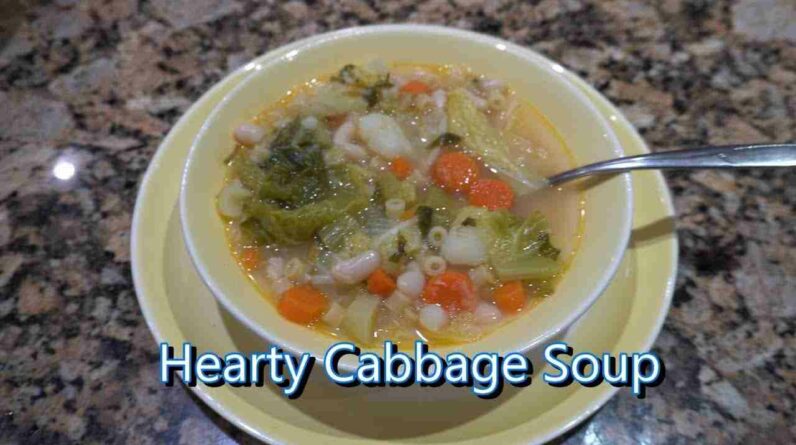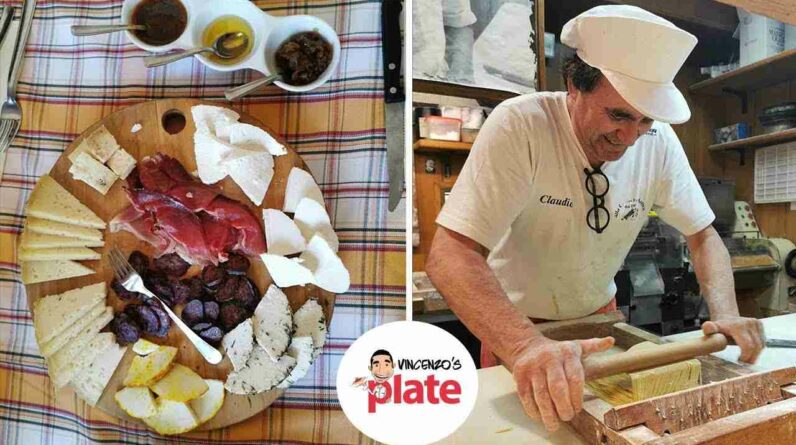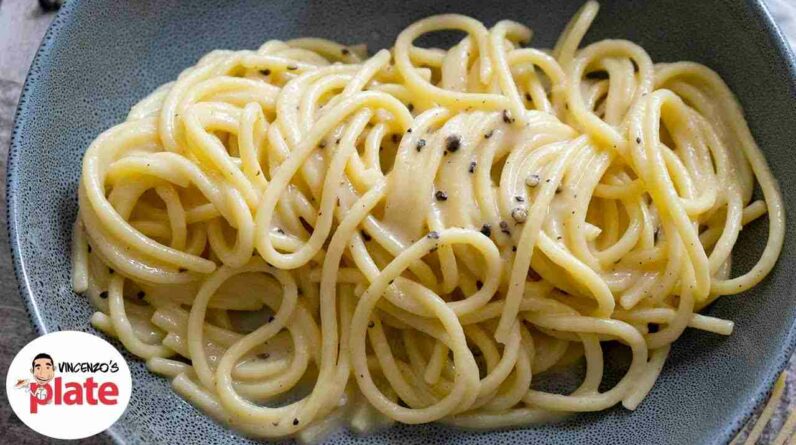Pizza is a versatile dish that allows for endless creativity. For many, a veggie lover’s pizza hits the sweet spot of being both delicious and nutritious. This guide provides a step-by-step journey to making a perfect veggie lover’s pizza that even the most ardent meat eaters can appreciate. From choosing the right base to deliciously layering your vegetables, we’ve got you covered.
The Base: A Foundation for Flavor
Choosing Your Dough
The foundation of any good pizza starts with the dough. You have several options ranging from pre-made store-bought dough to making your own from scratch. If using store-bought, look for dough made from quality ingredients, preferably those without preservatives.
For those who prefer to make their own, here’s a simple recipe:
-
Ingredients:
- 3 1/2 cups of all-purpose flour
- 1 teaspoon of sugar
- 1 packet active dry yeast (2 1/4 teaspoons)
- 2 teaspoons of salt
- 1 1/2 cups of warm water (110 degrees F)
- 2 tablespoons of olive oil
- Instructions:
- Mix the warm water, sugar, and yeast in a bowl. Let sit for about 5 minutes until the mixture becomes frothy.
- In a large mixing bowl, combine flour and salt. Gradually add the yeast mixture and olive oil, mixing until a dough forms.
- Knead the dough on a lightly floured surface for about 7-10 minutes until it becomes smooth and elastic.
- Place the dough in a lightly oiled bowl, cover it with a damp cloth, and let it rise for about 1 to 1 1/2 hours.
Shaping the Dough
Once your dough has risen, punch it down and transfer it to a floured surface. Using a rolling pin, shape the dough into a round disc, rotating and stretching as you go to achieve an even thickness. For a crispier crust, you can roll it thinner; for a chewier texture, keep it thicker.
The Sauce: The Unsung Hero
Classic Tomato Sauce
For a classic veggie lover’s pizza, tomato sauce is the go-to. Here’s a quick recipe:
-
Ingredients:
- 1 can (15 oz) of tomato sauce
- 2 tablespoons of tomato paste
- 3 cloves of garlic, minced
- 1 tablespoon of olive oil
- 1 teaspoon of dried oregano
- 1 teaspoon of dried basil
- Salt and pepper to taste
- Instructions:
- Heat the olive oil in a saucepan over medium heat. Add the garlic and cook until fragrant (about 1 minute).
- Stir in the tomato sauce and tomato paste. Add oregano, basil, salt, and pepper to taste.
- Let simmer for 10-15 minutes, stirring occasionally.
Alternative Sauces
If you’re feeling adventurous, here are a few other sauce options:
- Pesto Sauce: Basil pesto adds a herby, nutty flavor.
- White Garlic Sauce: A cream-based sauce with garlic offers a rich, decadent base.
- Barbecue Sauce: For a sweet and tangy twist.
The Cheese: Melty Goodness
When it comes to cheese, mozzarella is a classic choice. Its mild flavor and excellent melting characteristics make it ideal for pizza. Feel free to mix in some provolone for extra creaminess or Parmesan for a nutty kick.
For a vegan alternative, try using a plant-based cheese that melts well, such as cashew-based mozzarella or almond ricotta.
The Toppings: The Star of the Show
Selecting Your Vegetables
The stars of your veggie lover’s pizza are the toppings. Here are some popular choices:
- Bell Peppers: These add a sweet crunch.
- Onions: Red or white onions can provide both sweetness and sharpness.
- Mushrooms: Their umami makes them a vegetarian favorite.
- Olives: These add a salty, tangy flavor.
- Spinach: Adds freshness and color.
- Artichokes: For a Mediterranean twist.
- Tomatoes: Cherry tomatoes work great for bursts of flavor.
- Zucchini: Adds a mild, squash-like taste.
Preparing the Vegetables
To ensure that all of your toppings cook evenly, it’s crucial to slice them thinly. Mushrooms and onions may be sautéed beforehand to rid them of excess moisture, preventing a soggy pizza.
Layering the Toppings
Layering is key. Start with a generous spread of your chosen sauce. Follow with an even distribution of cheese. Then, layer your vegetables, starting with the heartier ones like bell peppers and onions, and finishing with more delicate ones like spinach and cherry tomatoes.
Baking the Pizza: The Final Chapter
Preheating the Oven
Preheat your oven to its highest setting, usually around 475°F to 500°F. If you have a pizza stone, place it in the oven while it heats up.
Baking the Pizza
Carefully transfer your pizza to a pizza peel dusted with cornmeal or flour to prevent sticking. Slide the pizza onto your preheated stone or a baking sheet, and bake for 10-15 minutes, or until the crust is golden and the cheese is bubbly and slightly browned.
Finishing Touches
Once your pizza is out of the oven, let it rest for a minute before slicing to ensure that the toppings stay put. Feel free to sprinkle some fresh basil, red pepper flakes, or a drizzle of olive oil for an added touch.
FAQs
Can I use whole wheat dough for a healthier option?
Absolutely! Whole wheat dough adds extra fiber and nutrients. Simply replace some or all of the all-purpose flour with whole wheat flour in your dough recipe.
How can I ensure my vegetables don’t make the pizza soggy?
Pre-cook vegetables like mushrooms and zucchini that have high water content. You can sauté them lightly to reduce moisture before topping your pizza.
Can I freeze leftover pizza?
Yes, you can freeze leftover slices. Wrap them in aluminum foil and store them in a zip-top bag. To reheat, bake directly from frozen at 375°F until heated through.
What are some good vegan cheese alternatives?
There are several plant-based cheeses available that melt well, such as Daiya, Miyoko’s, and Follow Your Heart. Cashew mozzarella and almond ricotta are also excellent homemade options.
Can I make the dough ahead of time?
You can prepare the dough ahead of time and store it in the fridge for up to 3 days or freeze it for up to a month. Just let it come to room temperature before rolling it out.
Enjoy crafting your veggie lover’s pizza and experimenting with different flavors and toppings! Remember, the best part about making pizza at home is that you can customize it to your own or your guests’ tastes. Happy cooking!
If you enjoyed this article and want to learn more about Italian Cuisine, please visit https://pizzapartiesofamerica.com/









